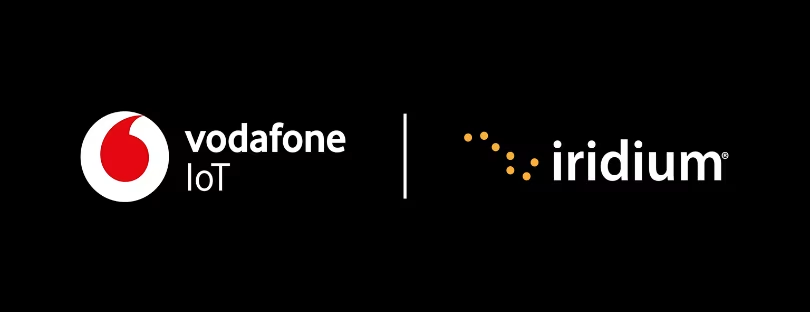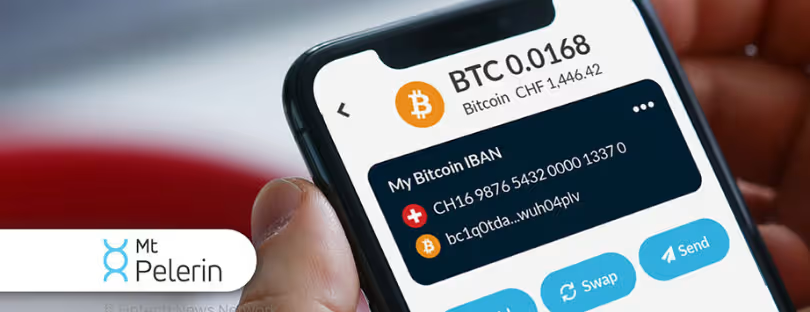
Iridium and Vodafone IoT Join Forces to Deliver Truly Global NB-IoT Coverage
Iridium Communications Inc., a name synonymous with reliable satellite communication, has just announced a new partnership with Vodafone IoT, one of the world’s largest managed IoT connectivity providers. Together, they’re aiming to bridge one of the biggest remaining gaps in connectivity—bringing NB-IoT coverage to even the most remote corners of the world through Iridium’s NTN DirectSM service.
The partnership will allow Vodafone IoT customers to access Iridium’s low Earth orbit (LEO) satellite network, ensuring that IoT devices — from industrial sensors and vehicles to maritime assets—stay connected even beyond terrestrial network reach. In other words: if there’s sky, there’s signal.
What Iridium NTN Direct Actually Brings
Scheduled for a commercial launch in 2026, Iridium’s NTN Direct is designed to support 3GPP standards-based NB-IoT and direct-to-device (D2D) connectivity. It’s not another “satellite add-”on”—it’s full integration at the protocol level, meaning seamless operation for existing Vodafone IoT customers.
In practice, this means devices can automatically switch from cellular to satellite networks when out of range, maintaining continuous connectivity for applications like:
- Remote monitoring of energy and mining infrastructure
- Asset tracking across oceans or deserts
- Real-time data transmission for agriculture or logistics
- Critical communications for emergency response and defense
As Matt Desch, Iridium’s CEO, put it:
“This collaboration will help transform the landscape of global connectivity by providing uncompromised scalability and advancing our shared vision to connect and empower enterprise assets and people everywhere.”
It’s a strong statement — and one that aligns with Vodafone IoT’s own ambitions to “connect everything, everywhere.”
Why This Matters for IoT at Scale
The global IoT market is expected to surpass $1.6 trillion by 2028 (Statista), and connectivity remains one of its toughest challenges. Terrestrial NB-IoT networks have expanded quickly, but coverage gaps still exist—especially across rural, maritime, and industrial zones.
That’s where non-terrestrial networks (NTNs) come in. Iridium’s L-band satellites, which operate in a globally coordinated spectrum, are known for their weather resilience, reliability, and low-power efficiency—three key traits for IoT devices running on limited energy budgets.
For Vodafone IoT, which already manages over 215 million connected devices across 180 countries, this partnership means its clients gain near-universal coverage without needing new hardware or bespoke configurations. It’s an operational win and a strong move toward hybrid terrestrial-satellite connectivity becoming the new normal.
Who This Is (and Isn’t) For
This partnership is great news for industries operating in remote or high-mobility environments—think maritime logistics, oil & gas, environmental monitoring, or emergency services.
However, for urban IoT applications (like smart city sensors or retail analytics), the benefits are marginal. Satellite connectivity adds redundancy but also higher costs and latency, which aren’t critical factors in well-connected metro areas.
Moreover, while Iridium’s L-band system is incredibly reliable, it doesn’t offer the high bandwidth that geostationary or emerging LEO broadband constellations (like Starlink) provide. This makes it ideal for low-data IoT—not for video-heavy or high-throughput industrial applications.
How It Compares to Other Players
Iridium isn’t alone in pursuing NTN IoT. AST SpaceMobile, Lynk Global, and Sateliot are all racing to integrate direct-to-device satellite services with mobile operators. However, there are key distinctions:
- AST SpaceMobile focuses on broadband-level satellite-to-phone connectivity—more consumer-oriented, less IoT-specific.
- Lynk Global is targeting SMS and emergency connectivity directly to unmodified mobile phones.
- Sateliot operates on standard NB-IoT but has limited coverage compared to Iridium’s long-established 66-satellite network.
What gives Iridium the edge is its proven operational history and fully deployed constellation, not to mention the 3GPP alignment that ensures interoperability with terrestrial mobile networks—a huge advantage as standardization drives adoption.
Still, it’s worth noting that pricing, latency, and integration timelines could determine whether Vodafone IoT’s clients see this as an immediate must-have or a long-term option.
A Step Toward the Hybrid Future of Connectivity
When it launches commercially in 2026, the Iridium–Vodafone IoT partnership could become one of the first large-scale deployments of satellite-enabled NB-IoT. If executed well, it could set the benchmark for carrier-grade hybrid connectivity — one that’s as reliable in the Sahara as it is in central London.
But as with every major step in telecom evolution, it’s not just about coverage — it’s about ecosystem readiness. For IoT device makers, integrating NTN compatibility will take time. For enterprises, cost structures will need to be justified by measurable uptime or data efficiency gains.
Still, it’s hard to deny the momentum. With satellite IoT startups attracting heavy investment and mobile operators racing to close coverage gaps, this partnership represents where the market is heading—a converged world of terrestrial and non-terrestrial networks.
Final Take: Smart, Scalable, and Strategic
Iridium’s collaboration with Vodafone IoT is more than a press release—it’s a strategic signal. Both brands are positioning themselves for an era where “offline” will no longer exist.
For Vodafone IoT, it’s a leap from being a mobile operator to becoming a truly global IoT infrastructure provider. For Iridium, it’s validation that its satellite network remains mission-critical in a world increasingly dominated by cloud and 5G.
Who it’s not for: cost-sensitive IoT deployments in well-connected regions may find this overkill.
What could be improved: pricing transparency and device integration support will be key to adoption.
Alternatives worth considering: for high-throughput needs, Inmarsat, Starlink, or OneWeb may offer better bandwidth; for NB-IoT flexibility, Sateliot could be a lighter entry point.
Ultimately, this partnership reinforces one truth: connectivity has no borders anymore—only opportunities.












